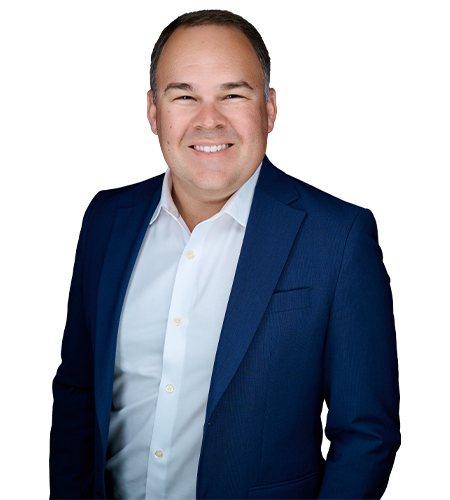OCLATs are a version of the traditional CLAT offering, which has been a staple in the tax-planning strategies of the wealthy, including famous figures like Jacqueline Onassis, since it was introduced into the tax code in 1969. A CLAT, in its most basic form, is a charitable trust that disburses a fixed annuity or sum of money to one or more charities over a specific period of time. Once this term has come to an end, the residual assets in the trust are transferred to a noncharitable beneficiary.
The OCLAT stretches the boundaries of the CLAT structure as far as IRS case law allows by making most of the charitable gifts in the latter years of the trust, thus giving investments more time to grow and more time to build family wealth. OCLATs are perfect for younger philanthropic high-earning Americans, those with large liquidity events, and those with substantial income tax obligations each year but a long time-horizon to invest.
Yet despite their advantages, OCLATs are not widely used, primarily due to their perceived complexity. Indeed, many certified public accounts are unaware of their existence. This is gradually changing as more is written about this peer-reviewed income tax reduction strategy, and more professionals learn about, and recognize, its benefits. OCLATs offer a dollar-for-dollar tax deduction in the funding year (immediate tax savings of up to 30% adjusted gross income); a projected return of two to three times the original contribution (per Monte Carlo model projections accounting for the triple tax savings and assets compounding for 30 years); relief from the 40% federal gift/estate tax (because assets are removed from the taxable estate); and protection of transferred assets from bankruptcy, personal creditors, and divorce.
OCLATs may not be ideal for individuals not motivated by philanthropy or those who do not have adequate personal assets outside the OCLAT. However, if the client is in a profession with a high income or has sold a highly appreciated asset and could benefit from a big state/federal tax deduction, is philanthropic, has ample savings outside the OCLAT, and would like to minimize inheritance taxes paid by children, then this is a textbook OCLAT use case.
For example, if an athlete with a multiyear guaranteed contract moved $1 million of stock into an OCLAT account in 2024, he or she would save approximately $500,000 in income taxes for that year. If the stock in the OCLAT earns about 8% annually over 30 years, it leaves the athlete with $3 million for charitable donations, and some $5 million that would be transferred to the heirs tax-free (meaning no income tax or gift inheritance tax).
In the event of unforeseen circumstances, like an injury that affects income, the IRS allows for the early termination of an OCLAT—with the condition of fulfilling all remaining charitable payments. Conversely, if the OCLAT investments do exceptionally well—a so-called “home run CLAT”—the vehicle can be shut down early so long as the charity gets the payment it was promised—and in any case the client still keeps the 30% income tax deduction.
Interest rates could fall enough this year to bring the IRS charitable hurdle rate roughly in alignment with the 10-year Treasury yield, making the OCLAT an attractive way to maximize wealth while ensuring a lasting legacy and achieving significant tax savings.
A senior partner at Frazer Ryan Goldberg & Arnold, Jonathon Morrison’s practice is focused on tax, business and estate planning for clients with large or complex estates. He is licensed in both Arizona and California and is a Certified Specialist in Estate Planning, Trust and Probate Law in California.

